Environmentalists Says Euro MPG & Emissions Testing Allows Gaming By Automakers

The prevailing narrative seems to be that the United States lags behind Europe in addressing issues like fuel economy and emissions. U.S. regulatory standards are seen as not as rigorous as those used in the European Union. Cars sold in the European market get better gas/diesel mileage and put out less supposedly harmful carbon dioxide and other products of combustion. Now, the Economist is reporting that an environmental group is claiming that the Euro standards are a bit of a sham because the system in Europe allows automakers to game the testing procedures, resulting in poorer real-world performance than that indicated by testing.
Based on data compiled by the International Council on Clean Transportation, the special interest group Transport & Environment says that in 2013, actual fuel economy in Europe was, on average, 38% worse than advertised test results. Transport & Environment blamed out of date procedures and a system that permits some fudging. Prototypes, not production vehicles, are tested and they can be tested without standard equipment like infotainment systems to save weight. External mirrors, which contribute aero drag are also sometimes deleted in the test vehicles. Regular oil is replaced by advanced lubricants. Panel gaps are taped to improved aerodynamics and wheels are shod with low resistance tires filled with gases that supposedly perform better than regular compressed atmospheric air.
Transport & Environment also claims that the Euro test cycle favors gentle acceleration and relatively low speeds and testing is permitted at fairly high temperatures, 29 C / 84 F. Combustion engines are said to be more efficient at higher temps and it definitely helps with emissions. Engine control units supposedly can switch to special modes that produce better fuel economy and reduced pollution.
In the U.S., automakers do their own testing but the Environmental Protection Agency does its own testing to check the results that the automakers provide. Ford and Hyundai have both run afoul of U.S. regulators for overstating fuel economy claims. In Europe, testing is supervised by regulators in each country but the tests themselves are performed by firms under contract to the automakers. Those firms have to compete for business and tell potential customers how they can optimize conditions. One Spanish testing facility is favored because it’s specially smoothed paving can improve fuel economy by as much as 3%. Another selling point for that track is that is at high altitude where the thinner air creates less aero drag.
The tests are overseen by national regulators, but carmakers pay specialist firms to carry them out. These companies compete for business by promising to “optimise” conditions. One popular test track in Spain is at high altitude (the thinner air reduces aerodynamic drag) and has a surface so smooth that it alone improves efficiency by three percentage points.
The European Union is implementing some very strict carbon emissions targets but most automakers say they’ve met those targets well in advance of the deadlines. Transport & Environment claims that is at least partly a sham, that much of the progress reported comes from statistical manipulation, not improved technology.
The European Commission says that new procedures it wants to implement by 2017 will more closely model real world driving behavior, though the German and French auto industries are lobbying their national governments to stall those revised tests.
Ronnie Schreiber edits Cars In Depth, a realistic perspective on cars & car culture and the original 3D car site. If you found this post worthwhile, you can get a parallax view at Cars In Depth. If the 3D thing freaks you out, don’t worry, all the photo and video players in use at the site have mono options. Thanks for reading – RJS

Ronnie Schreiber edits Cars In Depth, the original 3D car site.
More by Ronnie Schreiber
Latest Car Reviews
Read moreLatest Product Reviews
Read moreRecent Comments
- Jeff I do think this is a good thing. Teaching salespeople how to interact with the customer and teaching them some of the features and technical stuff of the vehicles is important.
- MKizzy If Tesla stops maintaining and expanding the Superchargers at current levels, imagine the chaos as more EV owners with high expectations visit crowded and no longer reliable Superchargers.It feels like at this point, Musk is nearly bored enough with Tesla and EVs in general to literally take his ball and going home.
- Incog99 I bought a brand new 4 on the floor 240SX coupe in 1989 in pearl green. I drove it almost 200k miles, put in a killer sound system and never wish I sold it. I graduated to an Infiniti Q45 next and that tank was amazing.
- CanadaCraig As an aside... you are so incredibly vulnerable as you're sitting there WAITING for you EV to charge. It freaks me out.
- Wjtinfwb My local Ford dealer would be better served if the entire facility was AI. At least AI won't be openly hostile and confrontational to your basic requests when making or servicing you 50k plus investment and maybe would return a phone call or two.



















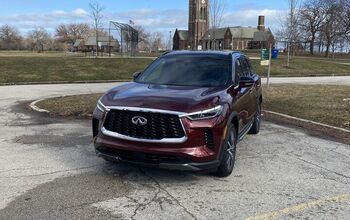


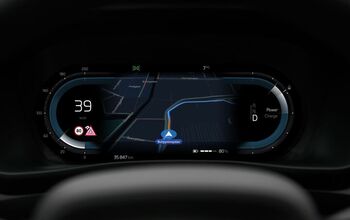
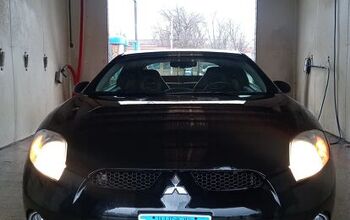


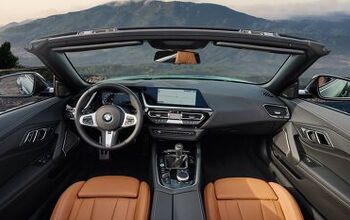
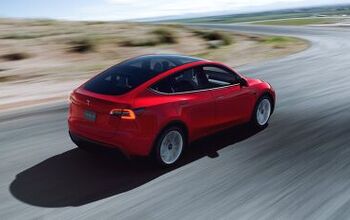
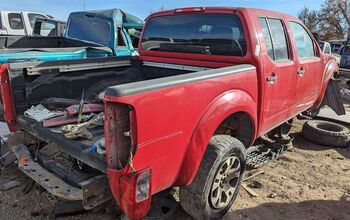
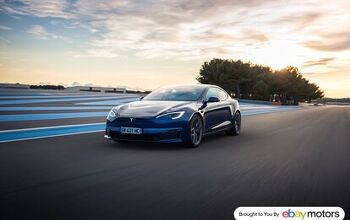



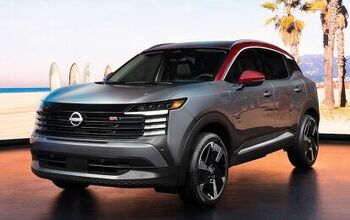
Comments
Join the conversation
Sounds possible to me, my recent Mondeo diesel wagon averaged 6.6 l/100km over the 15000 km I had it, which is about 36 mpgUS, and that includes towing a 3/4 ton trailer 30% of the time.
My ride (a 15-year-old I30) gets pretty much the same 20/28 as advertised on the window sticker. The 2008 Fudge Factor dropped the official numbers to 17/25. The car, to my knowledge, didn't notice.